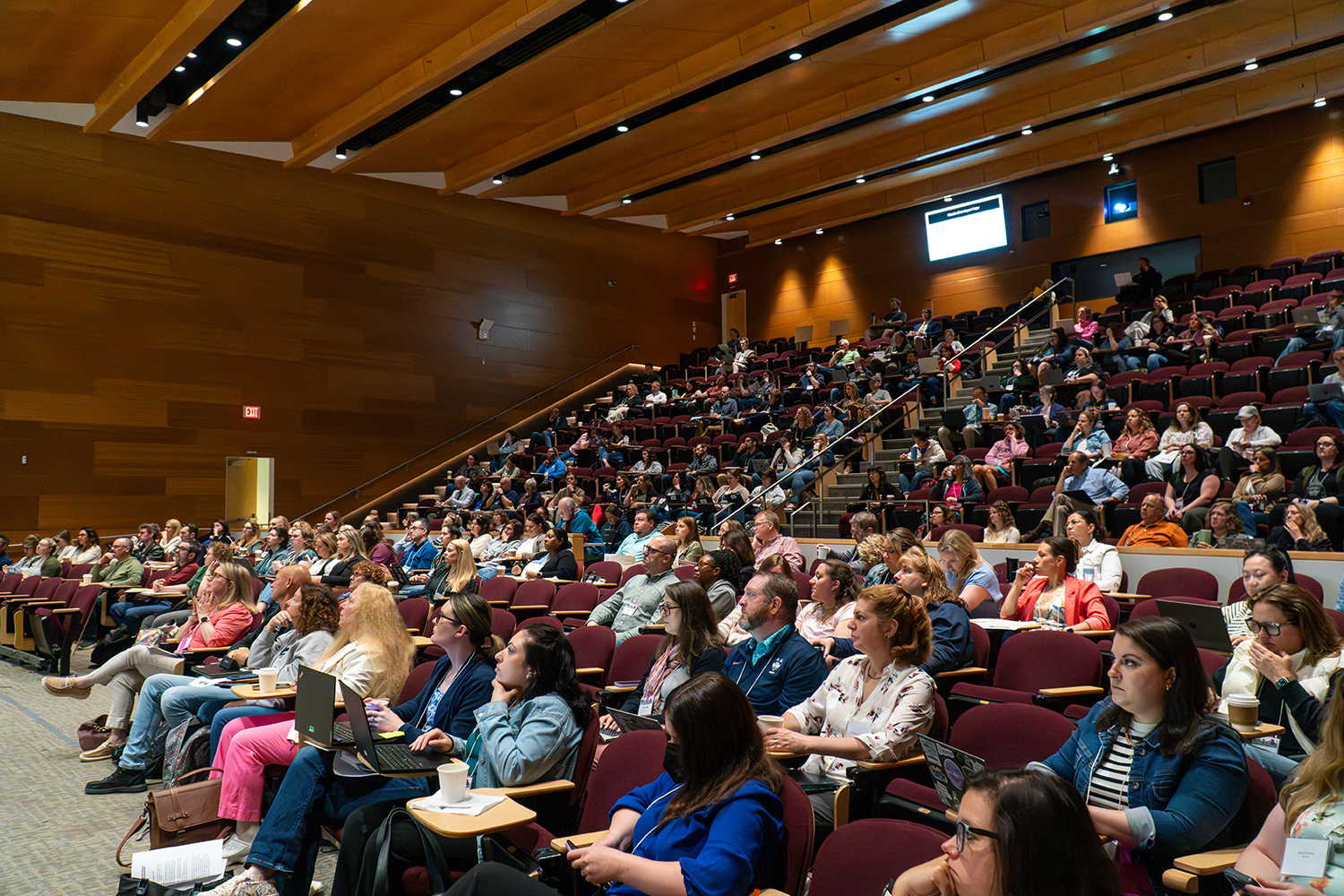The Romans used controlled environments in 30 A.D. to grow a predecessor of the cucumber; it was the start of the modern-day greenhouse industry. Today, greenhouses are still essential for growing crops. The ongoing research in controlled environment agriculture is creating innovative technologies that maximize the efficiency of agricultural inputs and land use. These innovations provide key solutions to climate adaptation and production demands, including helping food crops transition from open field production to controlled environment agriculture.
Greenhouses in Connecticut represent over one third of the state’s vibrant $4.7 billion agricultural economy and are integral to the success of all agricultural businesses, according to a study by Farm Credit East conducted in 2021. The total economic impact of the 583 greenhouse businesses in the state was $390 million in 2020.
“Greenhouses are critical to the infrastructure that supports all of our state’s farms,” says Interim UConn President Radenka Maric. “The innovation and technology developed in greenhouses also allows growers to be industry leaders in the state and throughout the country. UConn is committed to helping bolster this industry and our farmers through controlled environment agriculture.”
Researchers and educators from UConn Extension within the College of Agriculture, Health and Natural Resources (CAHNR) support greenhouse businesses in greenhouse production, water conservation, integrated pest management, and innovative technology.
“Our work with the greenhouse industry ensures a vibrant and sustainable agriculture industry,” says Dean Indrajeet Chaubey from CAHNR . “Greenhouses advance innovative, sustainable approaches to agriculture that align with local resources and markets, while helping expand production and contributing to the state economy.”
Innovations Address Critical Issues
New England has a short growing season that limits food crops and ornamental horticulture production. Greenhouse production allows agriculture to continue year-round and in Connecticut includes significant ornamental horticulture operations like flowers and plants that improve homes and landscapes.
“Whenever the flowers grown in the state are sold, there are benefits for the families working in the greenhouses, for the greenhouse owners, and all those involved in selling the crops,” says Rosa Raudales, director of outreach and engagement at UConn, associate professor in CAHNR, and the greenhouse extension specialist. “They are moving money around the state and it supports the livelihood of many people.”
The greenhouse industry has led the advancement of innovations on water conservation, nutrient, and energy management; automation; environmental control; infrastructure materials; and pesticide-free production. All these agricultural innovations developed for the greenhouse industry provide an access point to technology for other agricultural sectors. It will also allow food production to expand to controlled environment agriculture systems. These innovations all improve business outcomes, and therefore benefit consumers, says Raudales.
Greenhouses sustainably produce live plants that positively impact the physical and mental health of Connecticut residents as well.
“Consumers benefit from beautiful flowers, and there’s also the benefit to our health,” says Raudales. “When we’re growing plants, we’re moving and getting outside. Having beautiful plants in the environment plays a major role in people’s well-being.”
The green industry employs more than just the people growing the plants too. Engineers, biologists, coders, plant scientists, marketers, and social scientists are all needed to help the industry thrive. Climate change and unpredictable weather patterns continue challenging agriculture and food production globally, and the greenhouse industry provides many of the solutions needed to make an impact.
“There are many career opportunities for those interested, and these will continue expanding,” says Raudales.
The economic contributions of the Connecticut greenhouse industry have a ripple effect on the broader economy, with 70 cents of economic activity generated for the state for every dollar generated by the industry. Greenhouses support more than 4,500 jobs statewide and $150 million in worker earnings, according to a study conducted in 2021 by Farm Credit East, 2021.
Ornamental plant production is the focus of Connecticut’s greenhouse industry. The experience and infrastructure offer the potential to expand onto other crops, such as vegetables or pharmaceuticals, and amplify the impact of Connecticut’ agriculture in the region.
“Greenhouses are integral to ensure that we maintain Connecticut’s vibrant agricultural economy,” Raudales says. “We need all parts of agriculture to be strong to ensure resilience and that we can provide the ornamental and food crops that our residents depend on. The greenhouse industry’s contributions extend to our collective community health.”
This video is supported a grant from Northeast AgEnhancement, a Farm Credit East program, and UConn Extension. Learn more about our agriculture initiatives at https://cahnr.uconn.edu/extension/
Follow UConn CAHNR on social media.


